- Home
- TV History
- Network Studios History
- Cameras
- Archives
- Viewseum
- About / Comments
Skip to content
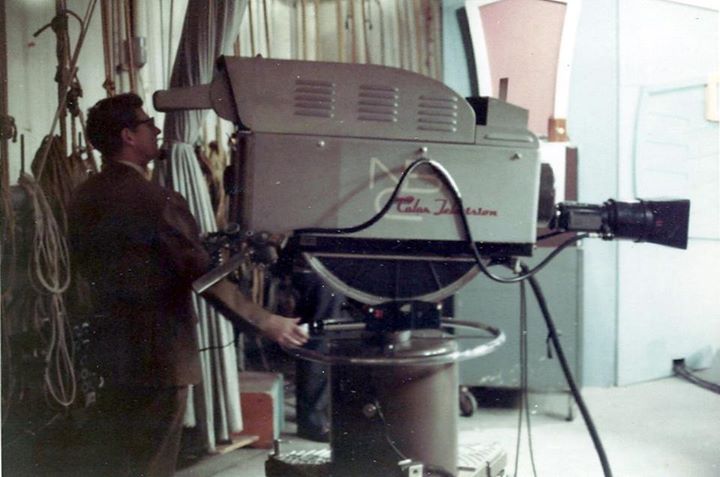

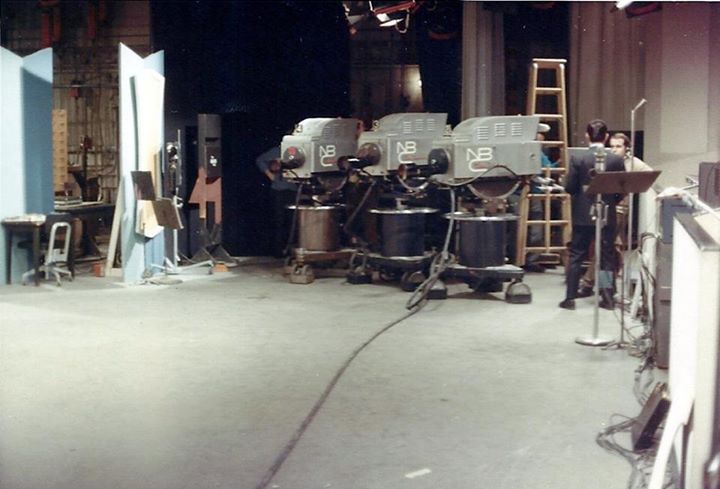

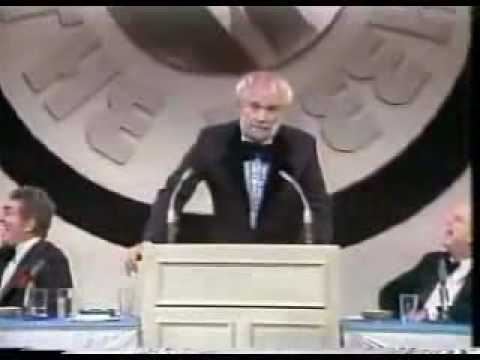

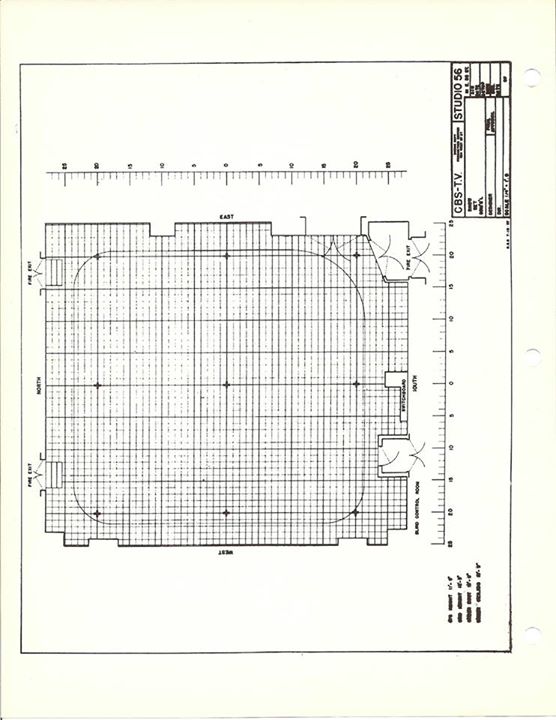

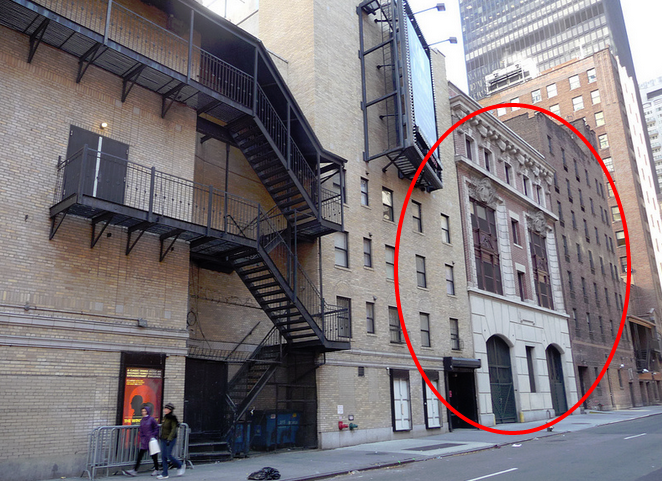

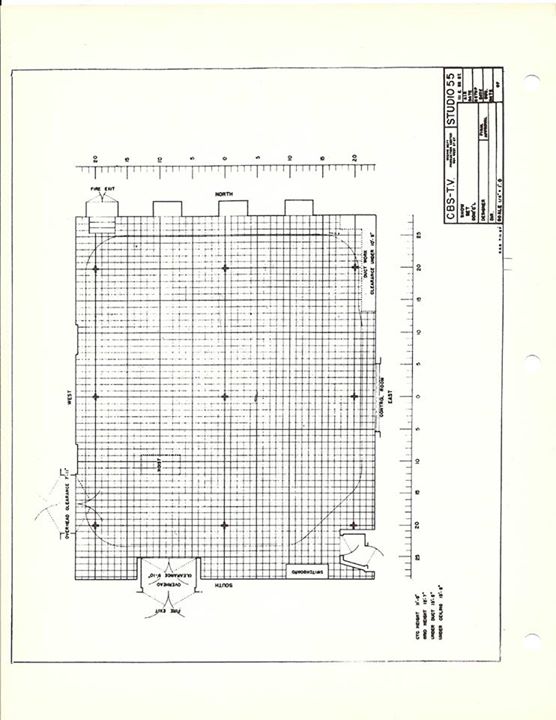

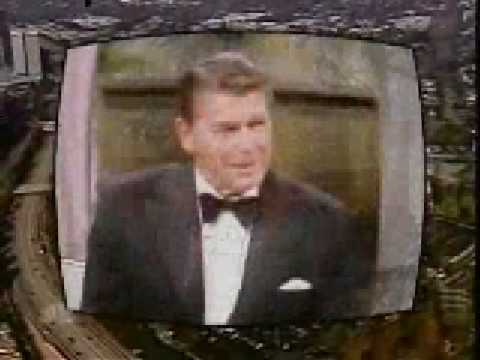

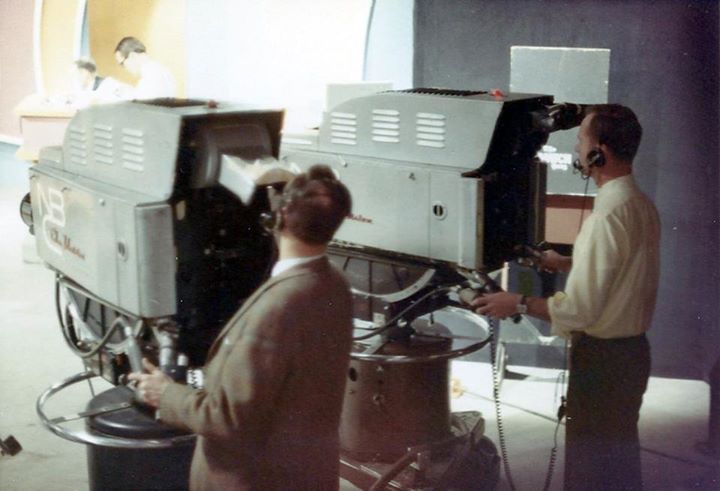

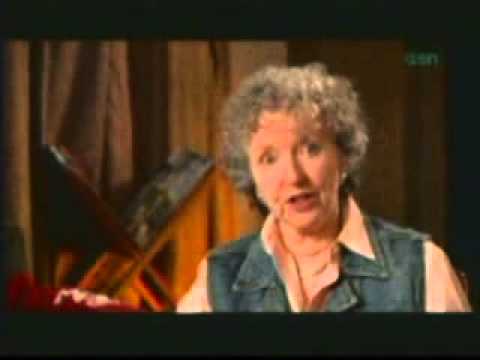

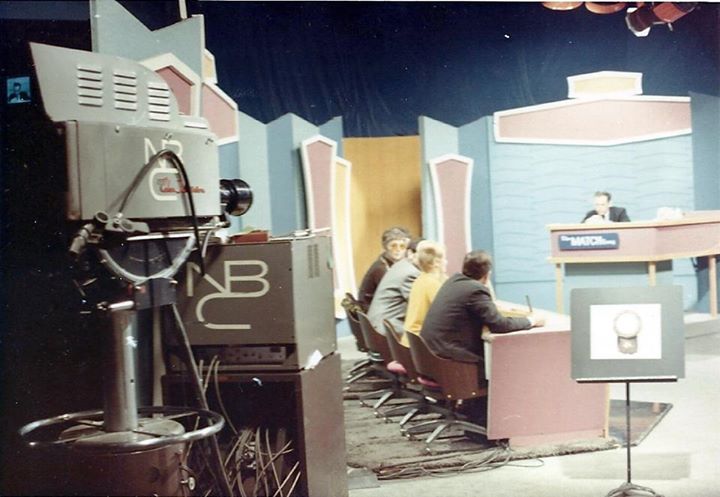



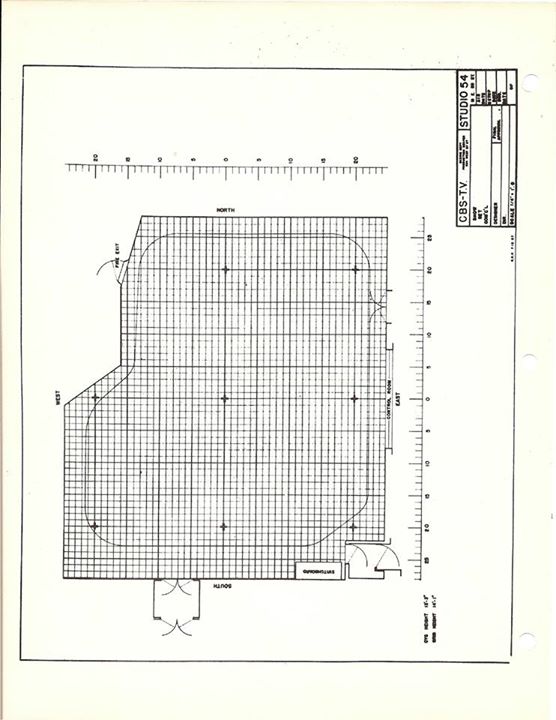

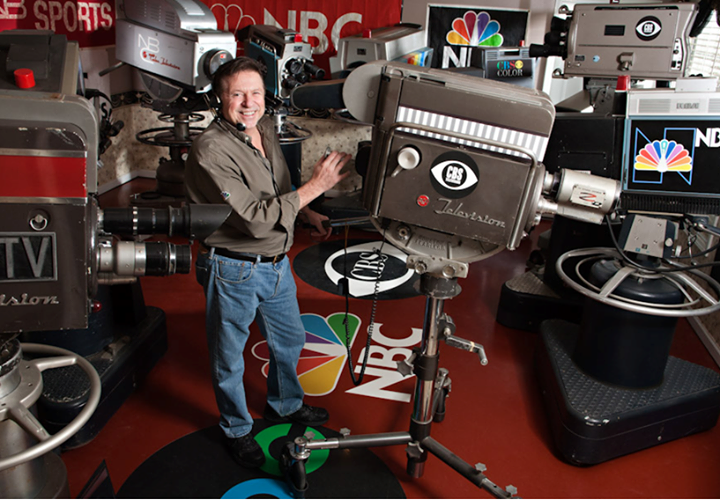

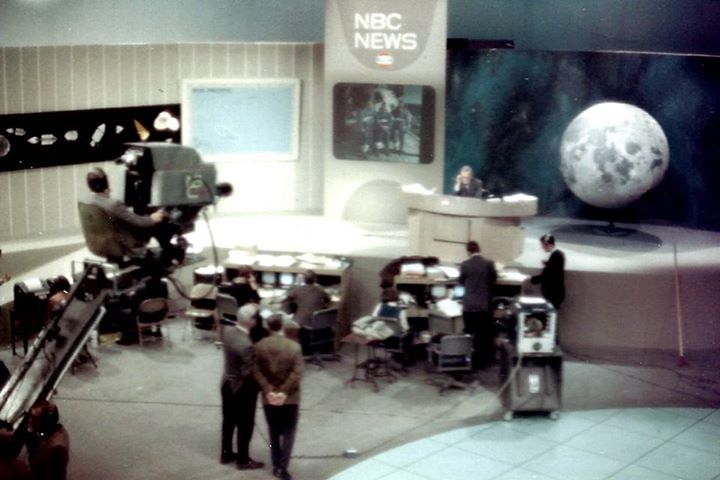

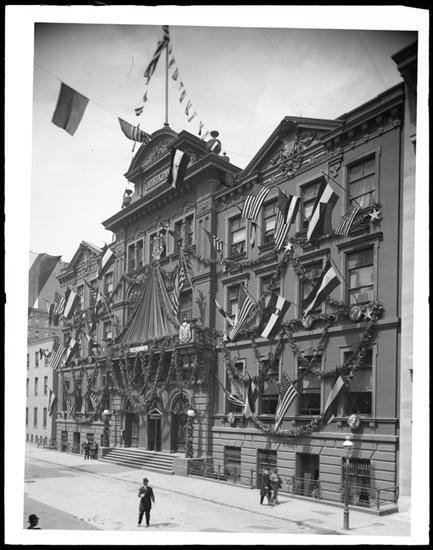

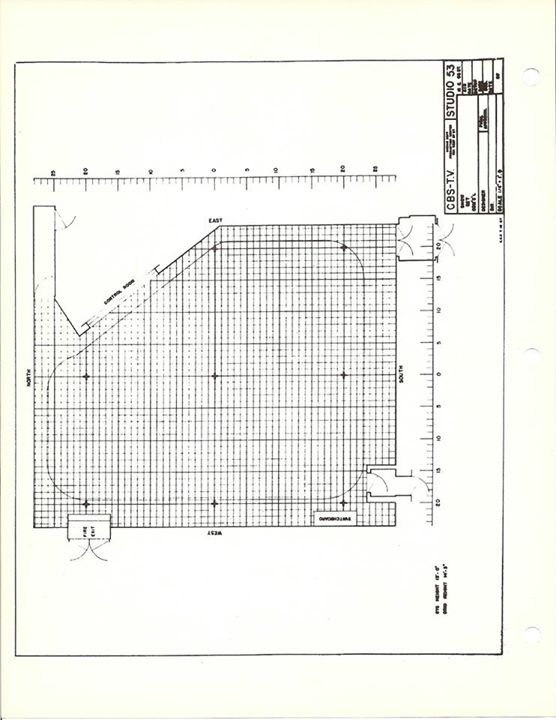

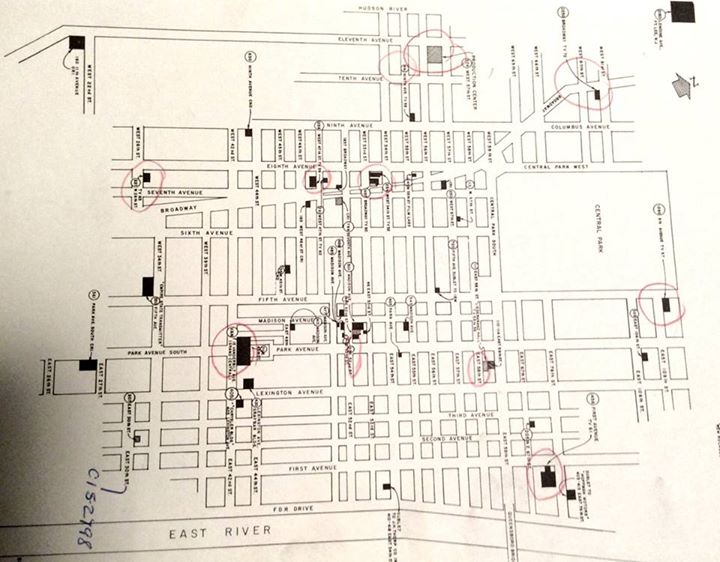

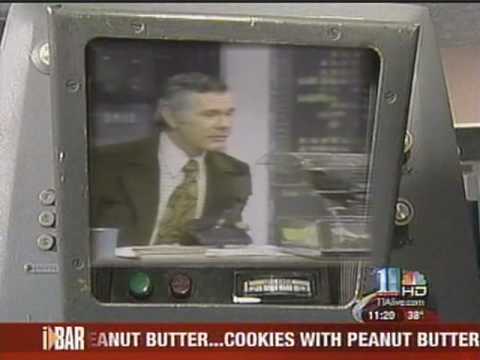

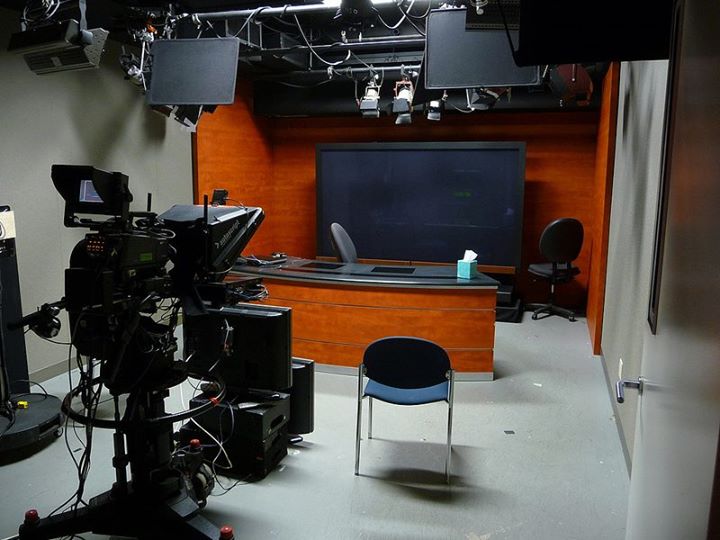

Posts in Category: TV History
Page 88 of 136
« Previous
1
2
3
4
5
6
7
8
9
10
11
12
13
14
15
16
17
18
19
20
21
22
23
24
25
26
27
28
29
30
31
32
33
34
35
36
37
38
39
40
41
42
43
44
45
46
47
48
49
50
51
52
53
54
55
56
57
58
59
60
61
62
63
64
65
66
67
68
69
70
71
72
73
74
75
76
77
78
79
80
81
82
83
84
85
86
87
88
89
90
91
92
93
94
95
96
97
98
99
100
101
102
103
104
105
106
107
108
109
110
111
112
113
114
115
116
117
118
119
120
121
122
123
124
125
126
127
128
129
130
131
132
133
134
135
136
Next » ‘The Match Game’, NBC Studio 8H…Photo 4 of 5
On March 14, 2014
- TV History
‘The Match Game’, NBC Studio 8H…Photo 4 of 5
This cameraman Vincent Kane behind this RCA TK41B. He’s the camera 1 position shooting Gene Rayburn while 2 -4 are on the other side of the set shooting the panel members. Unlike their brethren at NBC Brooklyn who seemed to prefer the doughnut box and cue card viewfinder shades, the 30 Rock crews used the RCA viewfinder hoods with a slight mod…the bottom of the enclosure was cut out to give them a better line of sight into the VF. With so many audience show here, management probably had a say in this too.
The slanted box on top of the small single vent door is also a custom NBC mod. This is over the high voltage area of the camera and houses the more powerful of it’s two internal fans. With boom mics flying, this hollow baffle was created by Fred Himelfarb to damp the fan noise, yet keep the air flowing. The draping of the zoom demand cable is a cool idea too. I’m not sure what the lens is, but it’s not the common Varitol Mark V by Rank Taylor Hobson. The square light hood is an add on which can be used with many lenses, but the neck of the lens is thinner than the V and has a square drive box where the V’s is tent shaped. I suspect this is the Angenieux equivalent. The wall behind him is the west wall and he is shooting toward the north wall. If you were standing on the SNL band stage, this would be to your left. Remember…Visit This Page! Thanks to Bob Batsche for these great photos.
SNL Set Change Live Video
On March 13, 2014
- TV History
When It Absolutely, Positively Has To Be There…SNL In ACTION!
This is a look at one of the many amazing set changes per show on television’s last bastion of the live comedy/variety shows. NBC’s first were ‘Four Star Review’ (1949) and ‘The Colgate Comedy Hour’ (1950) with hosts Eddie Cantor and the Martin & Lewis and Abbott & Costello duos. There is nothing like live television! Long live ‘Saturday Night Live’!
https://www.nbc.com/saturday-night-live/video/snl-backstage-set-transition/n12515
‘The Match Game’, NBC Studio 8H…Photo 3 of 5
On March 13, 2014
- TV History
‘The Match Game’, NBC Studio 8H…Photo 3 of 5
Here, we have cameras 2, 3 and 4 on the set during rehearsal. Camera 1 was Bob Batsche’s and was on the other side of the set to shoot Gene Rayburn. To the left of the cameras are two easels with chip charts. The little rolling stand is the credit roll machine which we are seeing from the side. Behind it is the flip card – super stand. To help orient you, the SNL fixed sets are on the west wall which would be to our left. The north wall is behind these cameras and the seating is on the east wall. Can you help with the seating?
I think, but am not sure, that these seats are something like the pull out bleacher seats many high school auditoriums have. I’m not sure if the audience came in from the 9th floor, or loaded from the bottom up on the 8th. I know that the south half of the permanent balcony seating has been glassed in as a green room and bird’s eye studio used by radio and TV for space missions, but I do not know the status of the north half of the balcony seating at this time. Thanks to Bob Batsche for these great photos.


One Of The Funniest Ever Roast Clips…Don Rickles finally get’s his!
On March 13, 2014
- TV History
Just For FUN! One Of The Funniest Ever Roast Clips
Don Rickles finally get’s his “come uppence” from the great Foster Brooks. Enjoy and share!
CBS Studio 56, In Liederkrantz Hall…1960 Spec Sheets
On March 13, 2014
- TV History
CBS Studio 56, In Liederkrantz Hall…1960 Spec Sheets
With 1,800 square feet of floor space, Studio 56 was the second largest facility in the building. It was directly under 54, and as noted, could be noisy if both were in use at the same time. One of the most notable productions from this studio was ‘The Guiding Light’ and there’s a clip below in the comment section. This concludes the Liederkrantz Hall studios. Thanks to our friend Gady Reinhold for these rare documents.
The Legendary CBS Night Mare…The Scene Of The Crime
On March 12, 2014
- TV History
The Legendary CBS Night Mare…The Scene Of The Crime
Since 1936, when CBS Radio converted The Hammerstein Theater to a broadcast studio, magnetic field interference has been a problem at Studio 50. When it was converted to television in 1950, things got more difficult, but why? The problem is the building circled in each photo.
For those of us that don’t live in New York, or have an intimate knowledge of the city, I wanted to finally show you where “the problem” lived. The problem was a huge Con Ed generator inside the creme colored building. In the photo on the left, the tan building with the fire stars is the back of the old CBS Studio 52 (later the nightclub Studio 54) and we are on 53rd Street looking east toward Broadway. The dark building to the right of the creme generator building is the stage entrance side of CBS Studio 50.
In the photo on the right, we are again on 53rd Street, but now looking west with the white arrow pointing to the stage entrance for David Letterman’s show in Studio 50. The highest point between the arrow and circle is the Studio 50 dressing room elevator tower.
When Jackie Gleason returned to television in 1962 with ‘American Scene Magazine’, he wanted to do it in color and a few months before the show began production, CBS rented a color truck from Video Tape Productions with TK41s. Had it worked, the plan was to move the TK41s from Studio 72 (CBS only NYC color studio) to 50. Try as they may, the interference was too bad not only in the studio with the cameras, but in the truck too which was parked on 53rd Street. Even after moving the truck to Broadway, no amount of mu metal would work. It wasn’t as bad for the black and white cameras, but they too were internally modified with mu metal and mesh.
In ’65, the Norelco plumbicon cameras arrived but preparations began months before with a visits from Phillips engineers for magnetic field measurements which were done at 50 and 52. The six cameras that Norelco built for 50 were called PC72s as they had special modifications and very heavy mu metal shielding. Everyone swears the pictures were great, but…I think that once the Sullivan show went color from Studio 50 on October 31, 1965, there were problems Gady Rienhold remembers there was a period of either a few weeks or months that the show was done from The Broadcast Center. Suspiciously, within eighteen months, Marconi Mark VII color cameras were installed at Studio 50. For some reason, they got along with “Mr Generator” a lot better than the Norelcos. Thanks to Dennis Degan for the photos. What would we do without him?
CBS Studio 55, In Liederkrantz Hall…1960 Spec Sheets
On March 12, 2014
- TV History
CBS Studio 55, In Liederkrantz Hall…1960 Spec Sheets
With just over 2,000 square feet of floor space, Studio 55 was the largest facility in the building. It was directly under 53, and as noted, could be noisy if both were in use at the same time. One of the most notable productions from this studio was ‘Search For Tomorrow’ and there’s a clip below in the comment section. Thanks to our friend Gady Reinhold for these rare documents.


The Beginning Of The End For NBC Burbank…October 10, 2007
On March 12, 2014
- TV History
The Beginning Of The End For NBC Burbank…October 10, 2007
Some seven years ago, NBC’s Brian Williams broke the news…perhaps a “slow jam” version would have been easier to take. When Jay Leno left the air, and Studio 11, NBC’s last daily network operation ended in Burbank. ‘Days Of Our Lives’ and ‘Access Hollywood’, which are owned by NBC, are still there, but it’s their production companies that rent space in the building and not NBC. Beautiful downtown Burbank will never be the same.
http://www.youtube.com/watch?v=wgKBAQrvVqs
NBC Universal plans to sell much of its 34-acre site in “beautiful downtown Burbank,” the longtime home of “The Tonight Show,” and move operations to Univers…
‘The Match Game’, NBC Studio 8H…Photo 2 of 5
On March 12, 2014
- TV History
‘The Match Game’, NBC Studio 8H…Photo 2 of 5
Behind the cameras, (L-R) BJ Bjorkman and Art Graham. The small vertical panel on the camera door, just in front of the exhaust port, suggests these are RCA TK41B models which would be the first with a single cable. The TK40, TK41 and TK41A models all had three cables and it took several utility men to handle the cabling on each camera when there was a lot of movement.
A man named Fred Himelfarb, a/k/a/ “Mr. Tube” was NBC’s camera guru. Fred was an RCA engineer, but when the first TK40 production models went into The Colonial Theater, Fred was sent along as their temporary chaperon, but wound up staying and was RCA’s inside man for color in New York. Fred made many improvements which were incorporated at the Camden plant and is the man that devised the single cable concept.
Here’s a great story! A couple of years before these photos were taken in late 1968, Mr. Himelfarb had re-engineered the Norelco PC60 to his specs as management wanted new cameras for the remote trucks, but did not like the TK42 and the TK44 was not ready yet. Seven (of the thirty five) Norelcos arrived just in time for NBC coverage of the World Series and the new Norelco truck was sent to cover it. The NBC and Norleco brass were in a trailer, separate from the truck and watched the first game to evaluate the performance. After the game, Fred entered the trailer to find an ecstatic, back slapping bunch raving about the picture quality…especially that great shot from left field! That’s when Fred told them he had brought along one of his “souped up”TK41s and that was the left field camera. Calls were made and by end of the series, a dozen Norelco engineers had tweaked the new cameras to match the picture quality of Fred’s TK41. RIP Fred! You did good!
Thanks to NBC cameraman Bob Batche for these historic photos.


The History Of ‘The Match Game’…MUST SEE!
On March 11, 2014
- TV History
The History Of ‘The Match Game’…MUST SEE!
From start to finish, this is the whole story of ‘The Match Game’. From the TK41 days at NBC days to the Norelco days at Television City and LOTS more. After a great intro, the real history of the show that began in 1962 at NBC starts a 3:05 with TK41s at 4:00, but there are great studio shots all through this 45 minute piece from GSN. Even if you have to come back to it, do! It’s worth taking the time to watch! Enjoy and share!
‘The Match Game’, NBC Studio 8H…Photo 1 of 5
On March 11, 2014
- TV History
‘The Match Game’, NBC Studio 8H…Photo 1 of 5
This is the debut of an exclusive series of photos which have never been seen before. The TK41 on the left was operated by Bob Batche (this was his usual position), but on this day in December of 1968, he had his “other” camera with him. There were three other cameras in 8H and in this photo, we see a stand in for Gene Rayburn in rehearsal…wait…rehearsal? Who knew there were rehearsals? Be sure to watch the History Of The Match Game in the next post. Enjoy and share!


Monkeying Around With The Cameras…April 9, 1961
On March 11, 2014
- TV History
Monkeying Around With The Cameras…April 9, 1961
Here’s great short clip of Zippy The Chimp on Ed Sullivan’s stage giving the cameramen a moving target and us, some great shots of the RCA TK11s. At least one has a Zoomar lens and at the end, a HF TD 1 pedestal gets a new use. Enjoy and share!
http://www.youtube.com/watch?v=VW5gP25NBlE
http://goo.gl/n8f54 – Zippy The Chimp roller skating on the Ed Sullivan Show on April 9th, 1961.
CBS Studio 54…Inside Liederkrantz Hall, 1960
On March 11, 2014
- TV History
CBS Studio 54…Inside Liederkrantz Hall, 1960
Although Studio 54 is the larger of the two second floor studios, it only hosts three cameras instead of the four in Studio 53. Quite a few of the CBS daytime dramas came from Liederkrantz Hall which was well suited for this kind of daily activity. The most well known show to originate in 54 was ‘The Secret Storm’. Thanks to Gady Reinhold for these historic pages.
Eyes Of A Generation Camera Collection
On March 10, 2014
- TV History
I Told You I Lost Weight!
Here is one of the many photos Atlanta photographer Parker Smith shot at my home last week. That’s me behind my RCA TK11 and notice how he lit the RCA TK41…there were even lights outside the window. In the left foreground is an RCA TK10 from WGN. Behind it part of a Marconi Mark VII color camera. Behind me it the TK41 and to it’s right, the RCA TK60 and TK42. Just over the top of the TK11, you can see part of a Norelco PC60. Up top is the Marconi Mark IV and finally the RCA TK44 from NBC Burbank. Wait till you see the portraits of the cameras! More to come.
Exclusive Photos From NBC Studio 8H: Apollo 8 News Headquarters
On March 10, 2014
- TV History
Exclusive Photos From NBC Studio 8H: Apollo 8 News Headquarters
The First Moon Mission: Final Look
Tomorrow, we’ll start looking at a few new sets of pictures taken by Bob Batche on the set of ‘The Doctors’, ‘The Match Game’, ‘Snap Judgement’ and ‘WNBC News’. For now, we’ll close out our Apollo and space shot week with a few favorites of the RCA TK41s in 8H. Thanks to Bob, Jodie Peeler and all of you that contributed to a great week of memories.
A Brief History Of Liederkarntz Hall, Pre CBS And Beyond…
On March 10, 2014
- TV History
A Brief History Of Liederkarntz Hall, Pre CBS And Beyond…
This incredibly ornate building was constructed around 1890 as the “clubhouse” for a German social club, and was specially built for musical performances. By 1927, the building was sold and RCA Victor began recording here. About ten years later, CBS Radio bought the property for use in the CBS Symphony radio series and by 1941, this had also become the home of Columbia Records. The acoustics were incredible.
Sometime in late 1947, Liederkrantz began the transformation to television studios. The first documented Liederkrantz series was ‘Vanity Fair’ which originated in Studio 55 from October 12, 1948 till November 28, 1951. ‘Search For Tomorrow’ and ‘The Guiding Light’ also came from here. Although usually done from Grand Central’s Studio 41, Douglas Edwards did the evening news shows from here occasionally, as there are many stories of mad dashes in cabs to get scripts and news men to the set in time, especially on rainy days.
In the four photos attached, you see from left to right, the building’s brownstone front and next is a 1938 photo of Vittorio Giannini conducting the CBS Symphony Orchestra for a live broadcast. Next is Frank Sinatra recording in 1947 which was the last year for Columbia Records at this site. Finally, a pencil drawing of the stairway leading up to the second floor studios, which for television would be 53 and 54. The larger studios, 55 and 56 were on the first floor and even had auto ramps.
CBS Studio 53…Inside Liederkrantz Hall, 1960
On March 10, 2014
- TV History
CBS Studio 53…Inside Liederkrantz Hall, 1960
This was the smallest of the 4 studios which were numbered 53-56 with 1500 square feet of production space. Studios 53 and 54 were on the second floor and the only way to get props upstairs was via the building’s main “grand entrance” type stairway and big pieces either had to be assembled on the set or not used. More on the amazing history of Liederkarntz Hall in the next post.
Map of CBS New York Studios And Properties: 1960
On March 10, 2014
- TV History
Map of CBS New York Studios And Properties: 1960
This rare map will give you an idea of how much real estate CBS owned and leased in the city in 1960. Thanks to someone with a red pencil, we see the studio locations circled. Notice that the Broadcast Center on W 57 Street is referred to as the Production Center, which was the buildings original designation as a CBS property. In the lower left quadrant you see the Grand Central studios location and just under it, the Graybar Building which housed CBS News offices, but no studios. Somewhat like ABC’s studio designations, the map maker used shorthand and calls Ed Sullivan’s Studio 50, TV 50 and so on for all the other studio locations. Tomorrow, we’ll see another rare map that shows the studios before and after consolidation into the Broadcast Center in 1964. Thanks to our friend Gady Reinhold for this very interesting piece of television history.


Eyes Of A Generation Camera Collection, 2009 News Story
On March 9, 2014
- TV History, Viewseum
Eyes Of A Generation Camera Collection, 2009 News Story
Fortunately, I’ve lost 30+ pounds since this new story from February of 2009. It was shot and aired on Atlanta’s NBC affiliate WXIA, but was seen on 59 other NBC affiliates as well. Last week, a professional still photographer came up and spent 5 hours shooting the camera and me, and the dogs. Wait till you see these! The camera portraits put the RCA catalog covers to shame! I hope to get some of them up early this week as he is still in “post production editing”. Enjoy and share!
More Of The NBC Studio 6E “News Nooks”
On March 9, 2014
- TV History
More Of The NBC Studio 6E “News Nooks”
Earlier in the week, we saw Lester Holt’s main ‘Nightly News, Weekend Edition’ location in 6E’s Media Room 1. Today, we’ll look inside the back up studio for that program…6E’s Media Room 2. This is a secondary production space used for interviews, and a times for live reporting. Thanks to Dennis Degan for taking these new pix earlier this week. We’ll see the other two rooms soon.
Page 88 of 136
« Previous
1
2
3
4
5
6
7
8
9
10
11
12
13
14
15
16
17
18
19
20
21
22
23
24
25
26
27
28
29
30
31
32
33
34
35
36
37
38
39
40
41
42
43
44
45
46
47
48
49
50
51
52
53
54
55
56
57
58
59
60
61
62
63
64
65
66
67
68
69
70
71
72
73
74
75
76
77
78
79
80
81
82
83
84
85
86
87
88
89
90
91
92
93
94
95
96
97
98
99
100
101
102
103
104
105
106
107
108
109
110
111
112
113
114
115
116
117
118
119
120
121
122
123
124
125
126
127
128
129
130
131
132
133
134
135
136
Next »